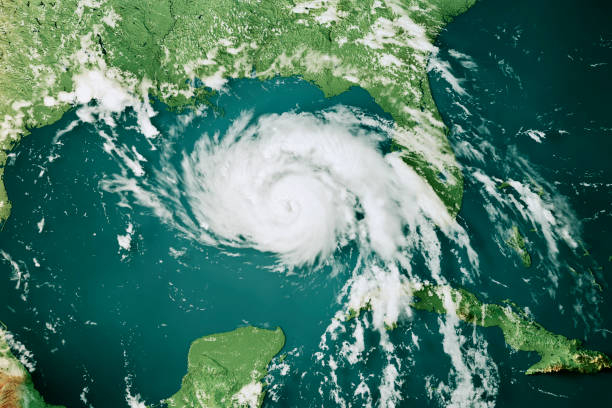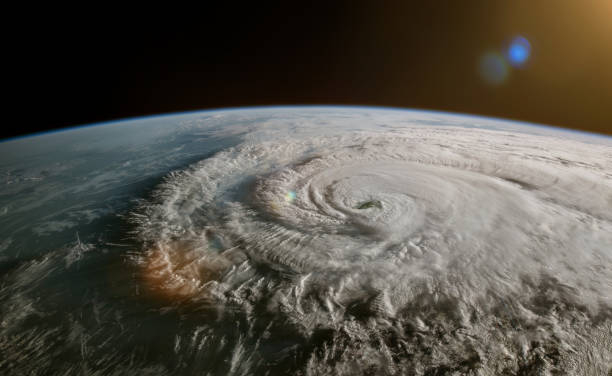Why are hurricanes called monster storms?
A hurricane, also known as a tropical cyclone or a typhoon, is a major storm characterized by a wide system of dark clouds, heavy rainfall, and powerful winds circling a calm core. It forms in the warm waters of the tropics and then lumbers slowly across the world's seas (such as the Atlantic, the Gulf of Mexico, the Caribbean, and the western Pacific Ocean) at speeds ranging from 5 to 20 miles (8 to 32 kilometers) per hour, revolving around a low-pressure core. Although the storm as a whole travels slowly, the circular winds blow at rates ranging from 75 to almost 150 miles per hour (121 to 241 kilometers per hour).
During these "monster storms," buildings are blown apart, powerful trees' leaves and branches are pulled off, plants are ripped from the ground, and flash floods take away anything not securely planted to the earth, including houses, animals, and people. The central core of the storm, which may be over 15 miles (24 kilometers) in diameter in certain situations, is referred to as the hurricane's eye. Today, space satellites follow the route of storms to provide early warning to individuals in the storm's path.

















